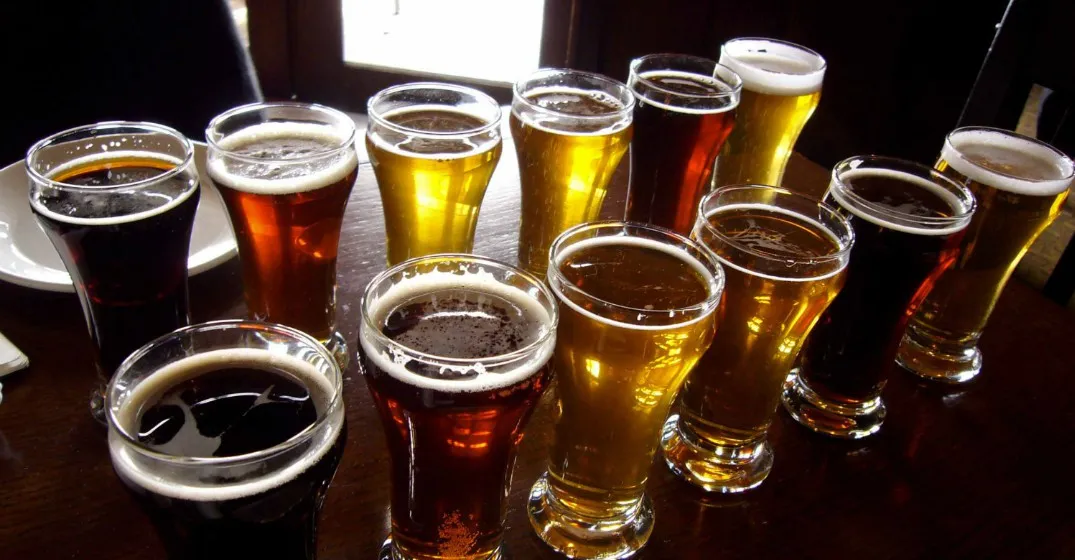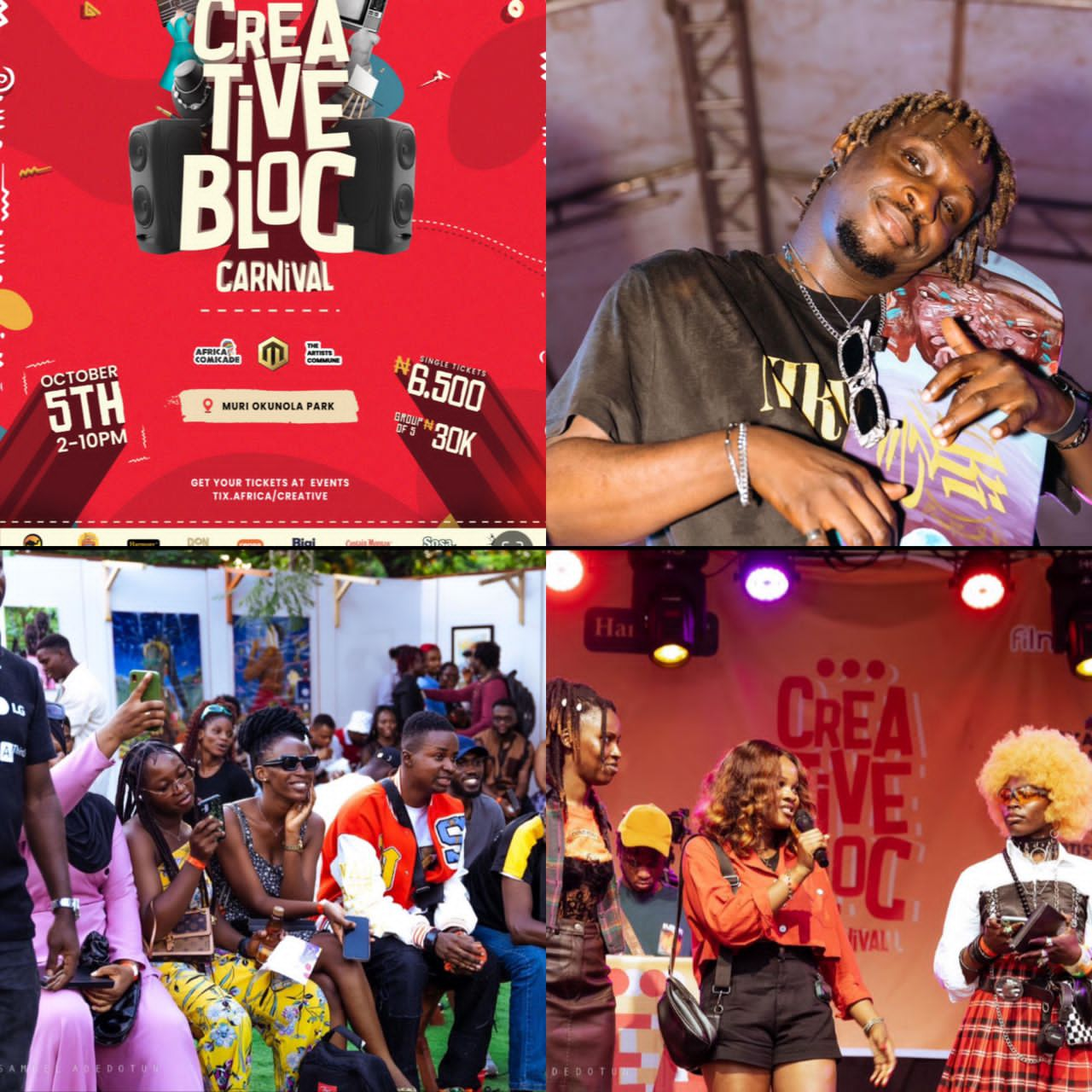By Joseph Ekeng
The global beer market encountered unforeseen challenges in 2023, initiated by the impact of inflation on consumer spending. Despite a promising start driven by strong sales and heightened activity during Chinese New Year, major brewers were soon hit by unexpected hurdles largely as a result of rising inflation and the supply-chain challenges triggered by the Russian-Ukraine war.
Heineken’s Maneuvering Amidst Adversity
Heineken, the world’s second-largest beer company, faced a 3% decline in beer sales during the first quarter, signaling potential cracks in its foundation. Despite this setback, the company managed to uphold its full-year profit expectations through a strategic combination of price increases and tapping into the demand for premium beers.
In the words of Jacob Aarup-Andersen, Heineken’s CEO, “If we look at the total cost for the company, the total cost of producing beer, we’re seeing that costs continue to go up slightly… my expectation is that there will be some level of price increase also in 2024, [but] not to the extent that we’ve seen in 2023.”
AB InBev’s Culture War
The world’s largest brewer, Anheuser-Busch InBev (AB InBev), faced a different kind of battle—a culture war that unfolded in the U.S. In April, Bud Light, a flagship product of AB InBev, became the center of controversy when a sponsorship with American transgender influencer Dylan Mulvaney took an unexpected turn. The resulting backlash and calls for boycotts from conservatives led AB InBev to disavow the campaign, creating a ripple effect that manifested as a 10.5% drop in U.S. sales, amounting to about $400 million year-over-year in the April-to-June quarter.
Moritz Kronenberger, portfolio manager at Germany’s Union Investment, remarked on the consequences, stating, “Once one of the big three names [AB InBev, Heineken, and Carlsberg] have lifted their prices, they usually never give it back.”
Despite the challenges in the U.S., AB InBev’s global revenues for Q3 reached $15.6 billion, up 5% from the previous year, thanks to business in other regions and strategic price increases. However, the company had to make tough decisions, including laying off hundreds of corporate workers across the U.S. AB InBev said the downsizing was painful but a necessary step to ensure “future long-term success.”
Carlsberg’s Global Turmoil
Carlsberg faced its own set of challenges as it grappled with a tussle with the Russian government, resulting in the seizure of its lucrative beer operations in the country. The “stolen” Baltika business, contributing nearly 13% of Carlsberg’s group revenue in 2021, posed a significant blow. Jacob Aarup-Andersen, Carlsberg CEO, expressed the company’s stance, saying, “We are taking the full financial hit in this year’s financial accounts so we can, from next year onwards, move on without Russia on the books, which is [a] very, very sad and unfortunate turn of events.”
Despite the turmoil, Carlsberg reported strong growth in premium and alcohol-free beer segments. AB InBev echoed this trend, highlighting that the premium segment drove Q3 growth across the globe.
Economic Challenges and Consumer Behavior*
Inflation and high production costs triggered a notable increase in beer prices during 2023, influencing consumer choices. Heineken faced a 22% drop in operating profits and a 5.6% decline in year-over-year beer sales for the first half of the year, attributing it to a price increase and a “challenging economic backdrop.”
Consumers, faced with pricier options, began to shift preferences, favoring more budget-friendly alternatives. This behavior was exemplified by Heineken’s decline in operating profits and overall beer sales volume.
Shifting Preferences and Market Dynamics
While pricing became a cause for concern among consumers, it also coincided with the growth of premium beer segments for major brewers. The pandemic played a role in cementing this trend as consumers, confined to their homes, sought to create affordable yet premium experiences.
AB InBev and Carlsberg both experienced success in the premium and alcohol-free beer segments, reflecting changing consumer preferences. The growing popularity of nonalcoholic beers opened new avenues of growth for brewers, providing an alternative to traditional alcoholic beverages.
Navigating 2024: Challenges and Strategic Initiatives
As the industry looks toward 2024, challenges persist despite early signs of inflation abatement in some of the world’s largest economies. Production costs, estimated to be up to 25% higher in mid-2023 compared to 2019, may continue to impact beer prices.
Heineken highlighted the potential threat of economic volatility on consumer demand in 2024, emphasizing the need for a cautious approach. The company is closely monitoring markets where a remarkable slowdown was observed in 2023.
Major brewers, including AB InBev and Carlsberg, are gearing up for the coming year with strategic moves. AB InBev announced a €31 million ($34 million) investment to upgrade its Belgian breweries, expanding its low- and no-alcohol beer portfolio. Meanwhile, Carlsberg anticipates growth in Asian markets and increased investment in marketing and branding initiatives.
In the complex landscape of the global beer market, 2023 brought forth challenges and opportunities, shaping the industry’s trajectory for the years to come. As brewers adapt to shifting preferences, economic uncertainties, and global dynamics, the resilience and strategic maneuvering witnessed during this tumultuous year will likely play a crucial role in shaping the future of the brewing industry.







Comment
No comments found.